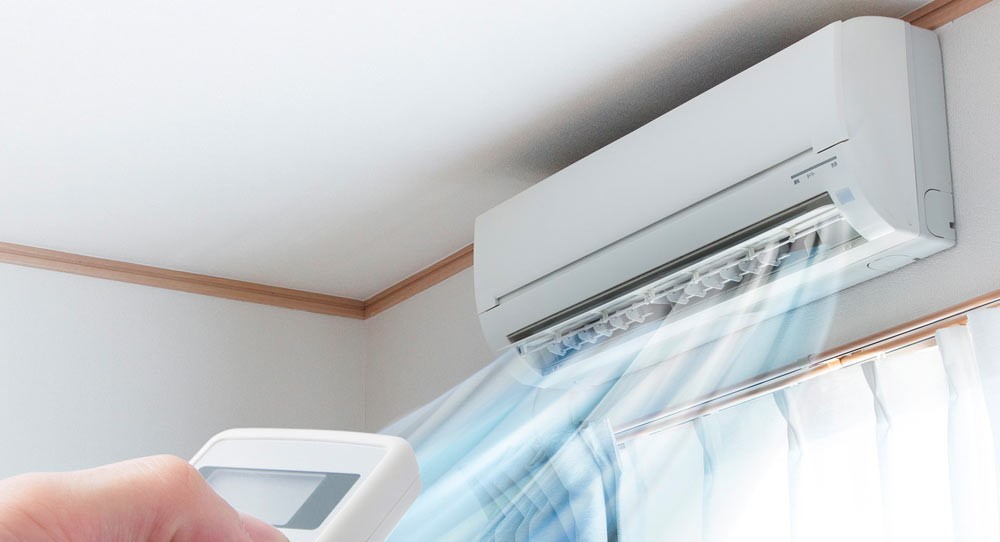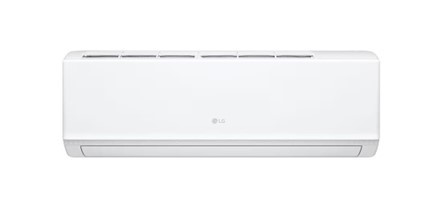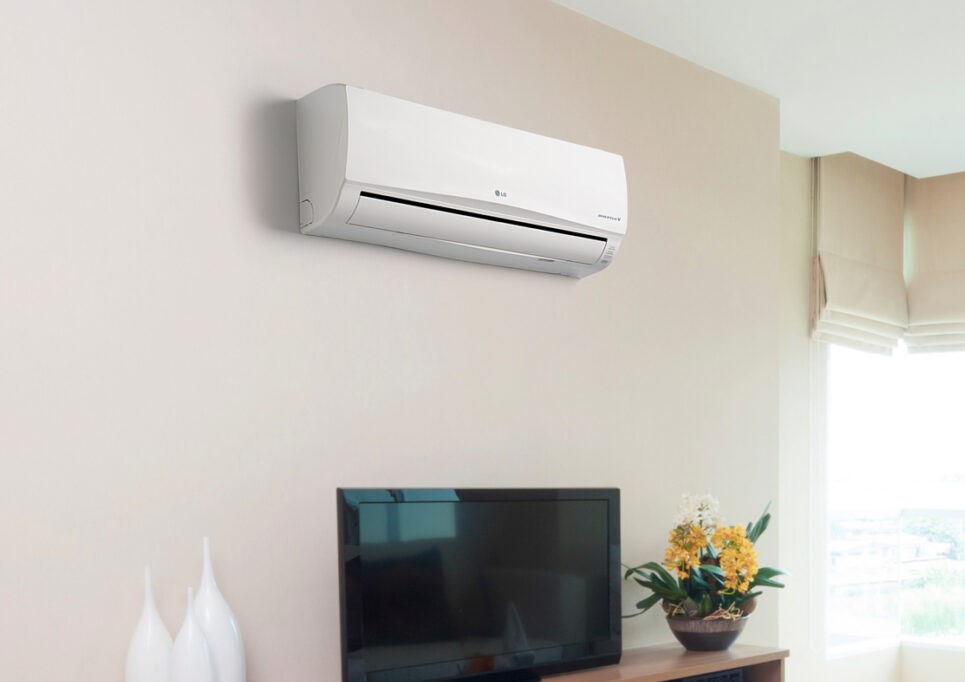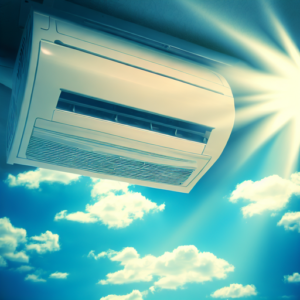
In recent years, the minisplit has become a fundamental element to maintain a fresh and pleasant environment in homes and offices. This innovative HVAC solution offers efficient performance in spaces of various sizes, providing comfort through its compact design and advanced functionality. In this article, we will explore in detail what a minisplit is, its installation, main parts, featured brands, reasons behind freezing, essential maintenance, pricing, energy efficiency, differences between voltages, cooling capacity, and tips for optimal use.
What is a Minisplit?
A minisplit is an air conditioning system consisting of two main units: the indoor unit (evaporator) and the outdoor unit (condenser). Unlike traditional central air conditioning systems, minisplits do not require extensive ducting and are ideal for cooling or heating individual rooms. This makes them perfect for small spaces or for cooling specific areas in a home or office.
Installing Minisplit
The installation of a minisplit is an essential process to ensure its optimal operation. In general, you must have the support of HVAC professionals, since the correct location of the units, the electrical connection and the adjustment of the parameters are crucial. The process usually involves mounting the outdoor unit on a suitable surface and placing the indoor unit in a strategic position for efficient air distribution.
Parts of a Minisplit
A minisplit consists of several essential parts that work together to provide a comfortable environment. Some of the key parts include:
Compressor: It is located in the outdoor unit and is responsible for compressing the refrigerant.
Evaporator: Located in the indoor unit, this heat exchanger absorbs heat from the indoor air.
Fan: Both indoor and outdoor units have fans that facilitate air circulation and heat dissipation.
Filter: The filter traps dust particles and pollutants in the air, improving indoor air quality.
Thermostat: Controls the desired temperature and regulates the operation of the minisplit.
Heat exchanger: Helps in the process of cooling or heating the air.

Best Minisplit Brands
In today’s market, several brands stand out for their quality and performance in minisplit systems. Some of the most recognized brands include Daikin, Mitsubishi Electric, LG, Panasonic, Carrier and Fujitsu. These brands typically offer a combination of energy efficiency, advanced technology and durability in their products.
Why a Minisplit Freezes
Freezing a minisplit can be caused by a number of reasons, such as insufficient airflow, low refrigerant levels, clogging in the system, or problems with the thermostat. Excessive freezing can affect system performance and life, so it’s important to address any issues in time and perform proper maintenance.
Minisplit Maintenance
Regular maintenance is essential to ensure efficient operation and extend the life of the minisplit. Some key steps include cleaning or changing filters regularly, cleaning indoor and outdoor units, checking the coolant level, and checking the electrical connection and mechanical parts. It is advisable to schedule annual professional maintenance to address more complex issues.
Minisplit Price
The price of a minisplit varies depending on the brand, cooling capacity, technology and additional features. Basic models can start at a few hundred dollars, while high-end models with advanced features can top a thousand dollars. In addition to the upfront cost, consider the long-term savings in energy and comfort.
Energy Efficiency and Minimum Consumption
Mini-split inverter systems are usually the most efficient in terms of energy consumption. The inverter technology adjusts the speed of the compressor according to demand, avoiding consumption peaks and achieving more precise cooling. This results in lower energy consumption compared to non-inverter systems.
Difference between 110 and 220 Volt Minisplits
The main difference between 110 and 220 volt minisplits lies in the electric charge capacity. 220-volt systems tend to be more energy efficient, as they can handle larger loads with lower amperage. This can be beneficial for optimal performance in higher capacity systems.

Cooling Capacity and Covered Space
A 1-ton minisplit is capable of cooling approximately 12 to 20 square meters, depending on factors such as system efficiency, room insulation, and local weather conditions. It is important to select the right capacity for the size of the room, avoiding excessive operation that could increase energy consumption.
Duration of Continuous Operation
Minisplits are designed to operate continuously for long periods of time. However, it is recommended to allow the system to rest after about 8 to 10 hours of continuous operation to avoid excessive wear. This also contributes to maintaining the efficiency and service life of the equipment.
Leave the Minisplit On All Day
Leaving the minisplit on all day can result in an increase in energy consumption and therefore electricity bills. While inverter systems are more efficient in this regard, it is advisable to use programmable thermostats to adjust the temperature according to the hours of the day and actual needs.
Installation Cost
The installation cost of a minisplit can vary depending on location, installation complexity, and professional fees. On average, installation can account for 20% to 30% of the total system cost. It is important to invest in a proper installation to ensure optimal performance and avoid future problems.
Conventional vs. Conventional Minisplit Inverter
The main difference between a conventional minisplit and an inverter one lies in how they regulate the compressor. Conventional systems operate at maximum power until the desired temperature is reached and then shut down, while inverter systems continuously adjust the compressor speed to maintain a constant temperature. Inverter systems are more efficient and comfortable, as they avoid temperature fluctuations and consume less energy.
Advantages and Disadvantages of Inverter Air Conditioner
Inverter air conditioning offers several advantages, such as greater energy savings, faster cooling or heating, and quieter operation. However, their initial cost may be higher than conventional systems, which could require a higher initial investment. Despite this, its long-term benefits often outweigh the initial costs.

Type of plug for Air Conditioning
The type of plug for air conditioning usually depends on the region and country you are in. Minisplits typically require a 220-volt power supply, so proper plugging and electrical installation are essential to avoid compatibility and safety issues.
Ideal Location for a Split Air Conditioner
The ideal location for a split air conditioner is on an interior wall at a suitable height. Direct exposure to sunlight should be avoided and unobstructed airflow around the units should be allowed. In addition, the outdoor unit should be placed in an area with enough space for heat dissipation.
Conclusión
In short, the minisplit is a versatile and efficient HVAC solution that brings comfort to individual spaces. Its proper installation and maintenance are essential for its optimal operation and service life. With prominent brands in the market, such as Daikin, Mitsubishi Electric and LG, consumers have a variety of options to choose from depending on their needs and budget. Inverter technology stands out for its energy efficiency, while the choice between 110 and 220 volt systems depends on specific electrical needs. By selecting the right capacity and adopting conscious use practices, minisplits can provide a pleasant and cool environment without compromising energy efficiency or comfort.
For more articles like this, click here.









